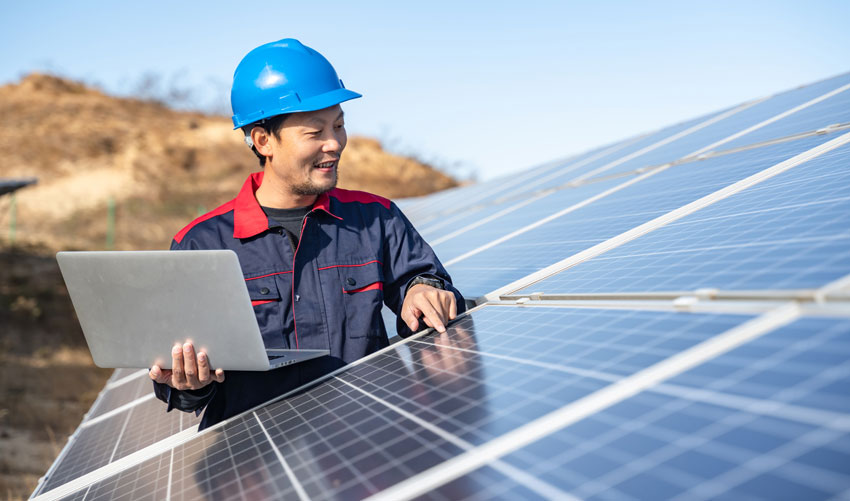Insolation is often misunderstood for insulation; you know, the pink cotton-candy-looking stuff that’s in your attic and helps keep your house warm and insulated? That’s not what insolation is at all. Rather, insolation is a term that is specific to solar power and deals with how much sunlight is actually reaching the earth’s surface.
Here is an explanation of exactly what insolation is and why it is important for you to know the difference between the fuzzy stuff surrounding your house and this tool of measurement that helps decipher how much of the sun’s rays are actually available for conducting solar energy.
What is Insolation?
Insolation is a measure of the electromagnetic energy (solar radiation), A.K.A. solar energy that reaches any given area on the earth’s surface over a certain period of time.
Not all of the energy from the sun that reaches the earth will actually make it to the earth’s surface. That means that even though there is an exponential amount of energy that reaches the earth’s surface already there is even more that is barred from reaching the surface.
Insolation is the measurement of the sun’s energy that does reach the earth’s surface.
How is Insolation Measured?
Insolation is measured in a unit that is known as kilowatt-hours per square meter (kWh/m2) per day. Reading into solar power, it is likely that you have already come across the word “kilowatt-hours.” Kilowatt-hours are a measure of electrical energy equivalent to the power consumption of 1,000 watts for 1 hour.
Therefore, to get the insolation of an area you need to take the kilowatt-hours accessible in a particular area and isolate the amount that is available per day. This equation will yield the average amount of energy that hits that particular spot each day.
Why is Insolation Measured?
Determining the insolation available in any given area will help determine the size of the solar panels needed to accurately power the area in question. The more insolation available means the smaller the system needs to be.
For instance, out west where the sun is intense, the insolation will be high and thus, the solar panel system won’t need to be as big or as powerful as Alaska, where the insolation is much lower.
In summation, insolation is an important part of determining the size and power needed to generate the correct kilowatts-per-hour that you need for your situation. Insolation is a useful system to numerically provide the right size system for such an important solar investment.




